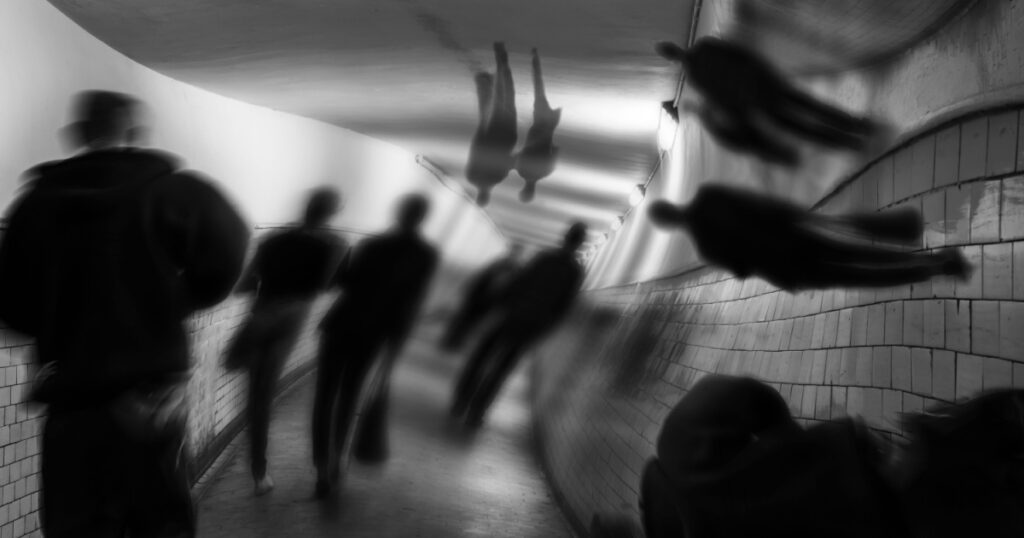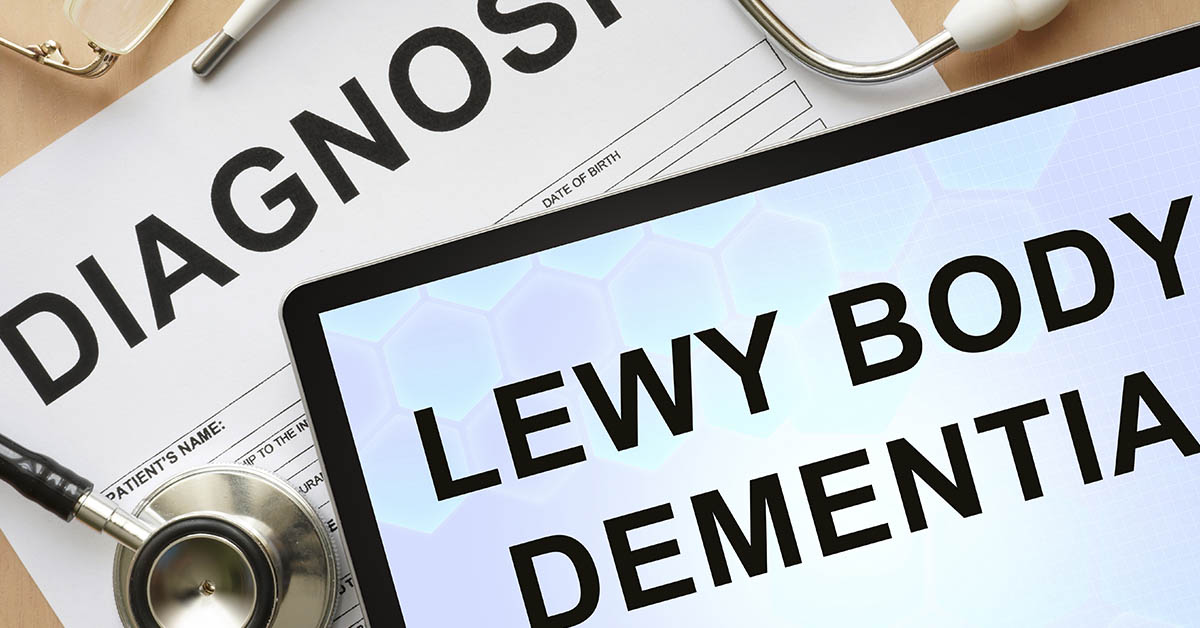Lewy body dementia (LBD) is a significant but often overlooked form of dementia that impacts approximately 1.4 million Americans. Despite its prevalence, it lacks the widespread recognition attributed to Alzheimer’s disease. LBD manifests through the accumulation of abnormal protein deposits, termed Lewy bodies, within brain cells responsible for behavior, thinking, and movement. This condition presents a unique set of challenges, including misdiagnosis or delayed diagnosis due to its similarity to other neurodegenerative disorders. Neurologist James Leverenz, MD, underscores the complexity of LBD, highlighting its distinct symptoms and the importance of early intervention for effective management.1
Mental slow-down

Individuals with Lewy body dementia may experience a decline in cognitive processing speed, manifesting as difficulties in concentrating or multitasking, as well as increased distractibility. Cognitive impairments extend beyond this though, as it also affects logical reasoning. While occasional lapses are common with aging, noticeable impairment in day-to-day activities should trigger further evaluation. Dr. Leverenz states that while such challenges may occasionally occur with aging, they shouldn’t impede normal daily activities
Read More: Before Dementia Sets in, Your Body Will Give You These 12 Early Warning Signs
Visual hallucinations

Visual hallucinations are a hallmark feature of Lewy body dementia. Past patients have said to see objects or people that aren’t there. Unlike hallucinations induced by psychiatric disorders, LBD visions tend to be non-threatening and aren’t fear or distress-inducing. However, if persistent or distressing hallucinations are taking place, medical attention is needed regardless. The worry is that delusions and paranoia may arise independently or in response to any hallucinatory experiences, complicating caregiving strategies.2
Parkinsonism

Lewy body dementia often presents with motor symptoms resembling those seen in Parkinson’s disease. Tremors, a shuffling gait, bradykinesia, muscle rigidity, and postural instability are all usual suspects in this regard. These motor impairments can significantly impact mobility and increase the risk of falls, meaning long-term medical intervention is a must.
Fluctuations in cognition

Individuals with Lewy body dementia may exhibit fluctuating cognitive function, characterized by intermittent episodes of confusion, disorientation, or drowsiness. Unlike Alzheimer’s disease, where cognitive deficits tend to progress steadily, LBD-related cognitive fluctuations may happen sporadically, which can make things difficult.3 The cognition changes may result in mood alterations, including depression, anxiety, and apathy, which significantly impact quality of life.
Read More: Woman Who Had Dementia For 5 Years Turned Out To Have A Common And Reversible Condition
Sleep disorders

Sleep disturbances are the earliest tell of Lewy body dementia, often preceding other symptoms by several years. REM sleep behavior disorder, characterized by the enactment of dreams during sleep, is very often present in individuals with LBD. Other sleep-related issues may include insomnia, excessive daytime sleepiness, and restless leg syndrome. However, diagnosing LBD remains challenging due to these symptoms overlapping with other conditions. Specialist evaluation is crucial for discerning the nuances of LBD and implementing targeted interventions.
Bottom Line

Lewy body dementia presents a multifaceted clinical issue that can be found through cognitive, motor, behavioral, and autonomic disturbances. While diagnosis remains challenging, early recognition and intervention are paramount for maximizing patient quality of life. Through collaboration and symptom management, those with LBD and their caregivers can navigate the complexities of this debilitating disorder with greater resilience and confidence.
Sources
- “5 Symptoms of Lewy Body Dementia.” Cleveland Clinic
- “What Is Lewy Body Dementia? Causes, Symptoms, and Treatments.” NIH
- “Dementia with Lewy Bodies.” ALZ
Disclaimer: This information is not intended to be a substitute for professional medical advice, diagnosis or treatment and is for information only. Always seek the advice of your physician or another qualified health provider with any questions about your medical condition and/or current medication. Do not disregard professional medical advice or delay seeking advice or treatment because of something you have read here.

